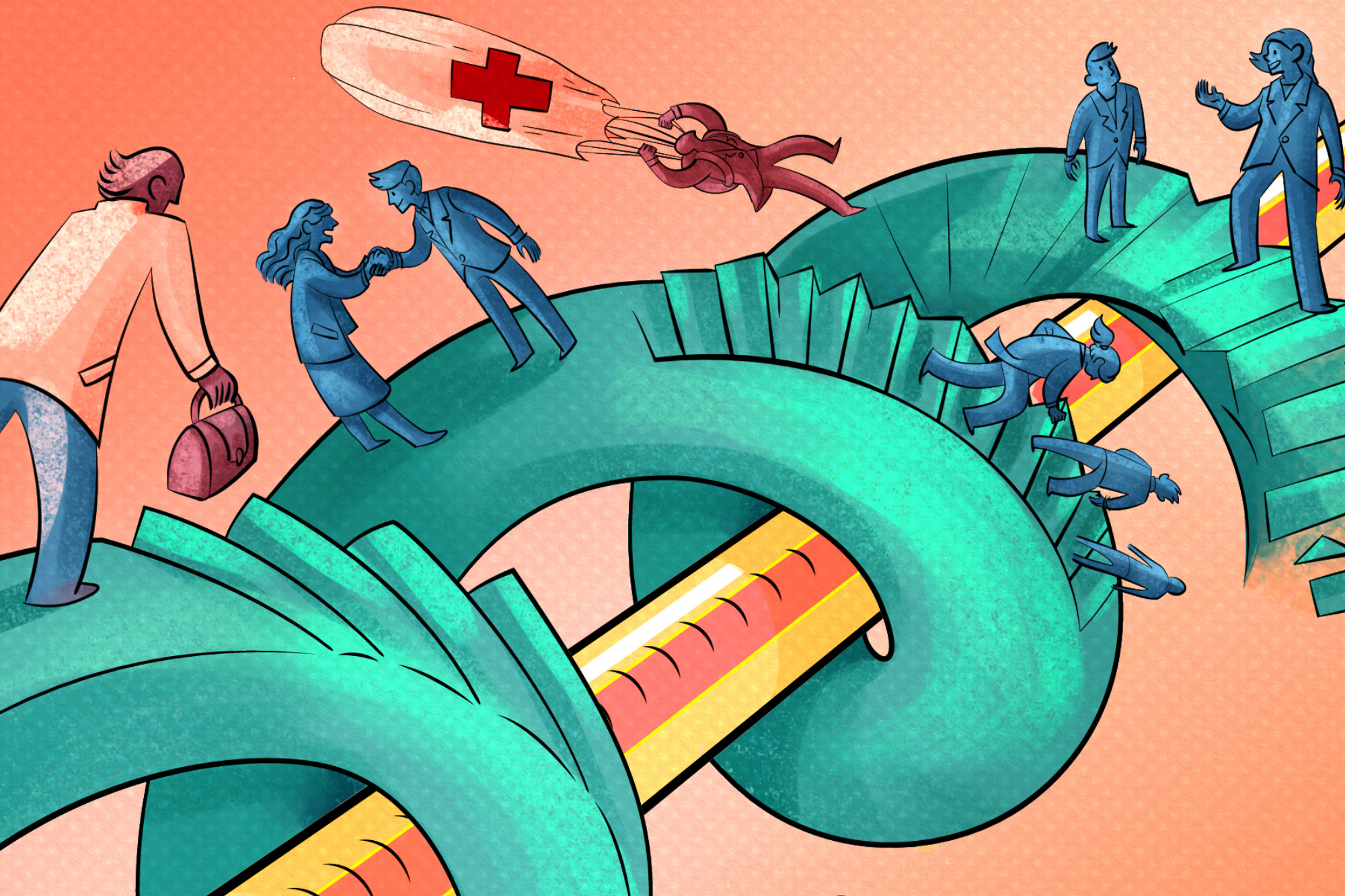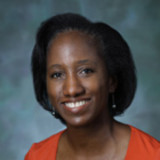
Anesthesiology 2019 has come and gone. Dr. Meg Rosenblatt, Chair of the Annual Meeting Oversight Committee, and her team made sure that there was something for everyone. As in every large venue with many stakeholders, I cannot imagine the difficulty in deciding what to include. Yet somehow this team gave us a meeting with an overwhelming feeling of positivity and accomplishment in Orlando, Florida, where the daily forecast is most likely heat with a large heaping slice of 90–100% humidity. Moreover, while the weather might draw you into a climate-controlled conference venue, nothing, I mean almost nothing, can resist the magnetic force of Disney.
Nothing ... except, Anesthesiology 2019. For the next several days, we viewed abstracts, attended sessions, and participated in workshops and Self-Study modules while plenary speakers delivered the new age of anesthesiology. In the opening session on Saturday, Dr. Abraham Verghese, who is the Linda R. Meier and Joan F. Lane Provostial Professor of Internal Medicine at Stanford University and an accomplished author, described “Humanistic Care in Technological Age.” This plenary session discussed the importance of patient-physician interaction, a role that we share with our internal medicine colleagues. Although we serve in the perioperative period and our internal medicine colleagues serve in the clinic or hospital setting, outside of the perioperative arena, this patient-physician interaction is a shared value and privilege that helps to ensure the highest quality of communication and care for our patients. Later on Saturday, Dr. Judith Hellman, who is the William L. Young, M.D., Endowed Professor and Vice Chair for Research at the UCSF Department of Anesthesia and Perioperative Care, received the ASA Excellence in Research Award, followed by the recipient of the James E. Cottrell, M.D., Presidential Scholar Award, Seun Johnson-Akeju, M.D., M.M.Sc., who is the Director of Neurosurgical Anesthesia at Massachusetts General Hospital. Presented by Dr. Evan Kharasch, these two accomplished physician-scientists represent the best and brightest in our field of many bright stars. Hence it is not surprising that, on that same day the Anesthesia Patient Safety Foundation Ellison Pierce Lecture and the Society for Obstetric Anesthesia and Perinatology Gertie Marx lecture underscored the importance of patient safety in our field and the critical role of anesthesiology subspecialty identity and were presented by Jeffrey B. Cooper, Ph.D. and Lawrence C. Tsen, MD, respectively.
On Monday we paid homage to our history through the Wood Library of Medicine Lewis H. Wright lecture by someone who needs no introduction — our Nobel Laureate Dr. William Zapol. Meanwhile Dr. Douglas Bacon, who is currently Chair at my alma mater, the University of Mississippi, utilized humor and intellect to highlight lesser known critical advances in anesthesiology. This type of historical perspective gives me hope that our innovative history will repeat itself again and again, even though I consider myself a forward-thinking individual. If that wasn’t enough we witnessed the homecoming of our own United States Surgeon General, Dr. Cory Booker, who gave our Rovenstine lecture. Dr. Booker is no stranger to the Anesthesiology annual meeting, where he has been a firm supporter of our specialty. Later that day we celebrated the diversity of our research with our Foundation for Anesthesia Education and Research (FAER) Helrich Lecture delivered by Roderic G. Eckenhoff MD and a featured lecture by David Waisel, MD for the Wood Library of Medicine Patrick Sim Forum on the History of Anesthesiology.
We rounded up our plenary lectures, on Tuesday with the John W. Severinghaus Lecture on Translational Science was given by Jeanine P. Wiener-Kronish, MD, where the importance of personalized respiratory care in the intensive care unit was highlighted. We have come a long way in anesthesiology; however, in my opinion, what made this meeting most special was how we recognized our history and strengthened our future with educational and research opportunities specifically geared for medical students interested in anesthesiology, residents, and faculty through FAER Medical Student and Resident Research presentations and several FAER/ early stage Anesthesiology Scholars offerings throughout ASA 2019.
Lastly, with all of the meeting possibilities, we might inadvertently omit pre-meetings that have always been woven into the fabric of our annual meeting. The difficult part of these pre-meetings is that if you are not associated with these societies, they may not be on your radar. Hence, I want to make a disclaimer: By no means am I implying that these meetings were the only pre-meeting activities prior to the ASA. Instead, these pre-meetings are similar to gourmet appetizers prior to our ASA 2019 five course meal. The Society of Anesthesia and Sleep Medicine that met on October 17 and 18th and offered valuable ultrasound techniques for the airway—now that’s specialized! The second mention is the Society for Pediatric Anesthesia (SPA), a close-knit group of pediatric anesthesiologists, met on October 18th with the goal of bringing together leaders in the field of pediatric anesthesiology. This year the SPA meeting was preceded by a maintenance of certification in anesthesiology (MOCA) simulation offering, endorsed by the ASA Simulation Education Network (SEN). This was the first offering in proximity to a main annual meeting that allowed participants to obtain up to 25 Part 4 points in one setting. This mobile MOCA simulation was the result of a successful collaboration by faculty from multiple institutions. This mobile MOCA program partnership highlights how we work together in order to address the needs of our specialty, the crux of anesthesiology.
Well, this is how my meeting went, and I hope yours was even better. I am looking forward to Anesthesiology 2020 and hope to see you in Washington, DC.
Dolores B. Njoku, MD is an Associate Professor in Anesthesiology and Critical Care Medicine, Pediatrics and Pathology at Johns Hopkins University. She also serves as the ASA liaison to the American Society of Ultrasound in Medicine and is the Vice Chair of Grants Management at the Foundation for Anesthesia Education and Research.
Illustration by April Brust







